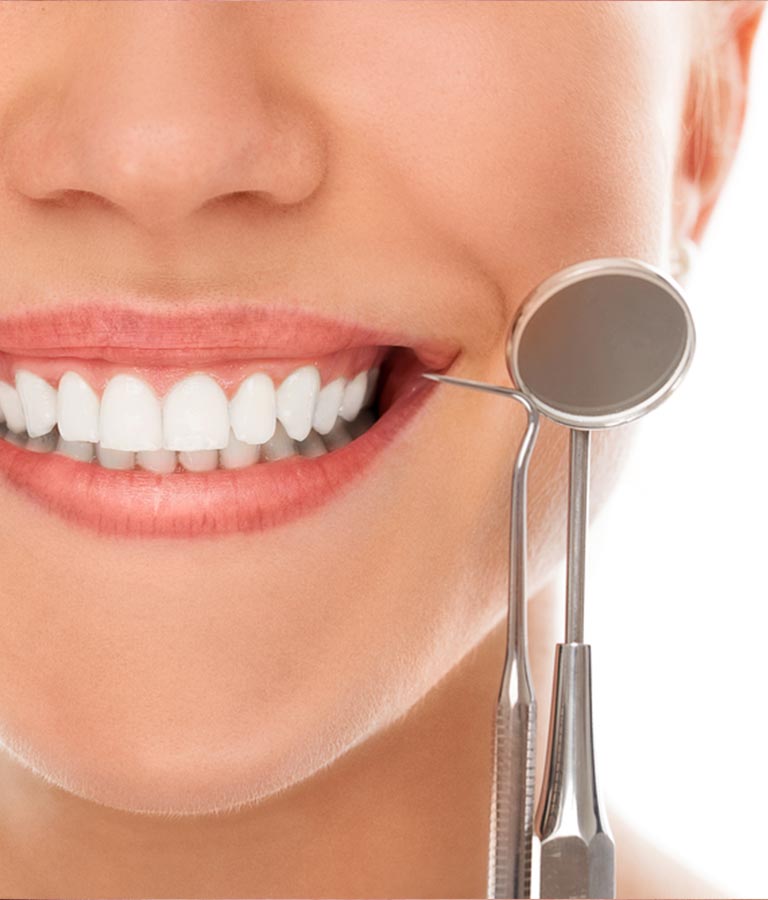Bone Grafting
Not everyone is a good candidate for dental implants. Fortunately, bone grafting helps those with insufficient bone receive this great teeth replacement option.
Do I need a Bone Graft?
You may need a bone graft if you experience the following:
- Damaged jawbone
- Receding gum tissue
- Deteriorated jawbone
- Missing teeth
Types of Bone Grafts?
There are three forms of bone grafts to get you on the path to a brighter and beautiful dental implant.
Allograft
-Uses bone harvested from a cadaver
-Bone is unable to regenerate on its own
-Provides foundational support
Autograft
-Uses bone directly from elsewhere in the human body
-Bone can regenerate on its own
-Two procedures: bone harvesting and jawbone repair
Xenograft
-Uses bone harvested from an animal (i.e. cow)
-Provides foundational support
 Bone Grafting Treatment
Bone Grafting Treatment
It is important to us that you are getting the dental implant of your dreams. The first course of action is to undergo a bone grafting procedure if your jawbone is too weak to support the new implant. Your dental specialist will make a small incision into your jawbone in order to expose the treated area and to fill it with bone graft material.
After the jawbone cavity Is filled with bone material, it will be secured into place with pins and screws. After the area is bandaged and stitched, you should take medication as prescribed by your doctor. After your bone graft heals, your jawbone will be ready for dental implant placement!

